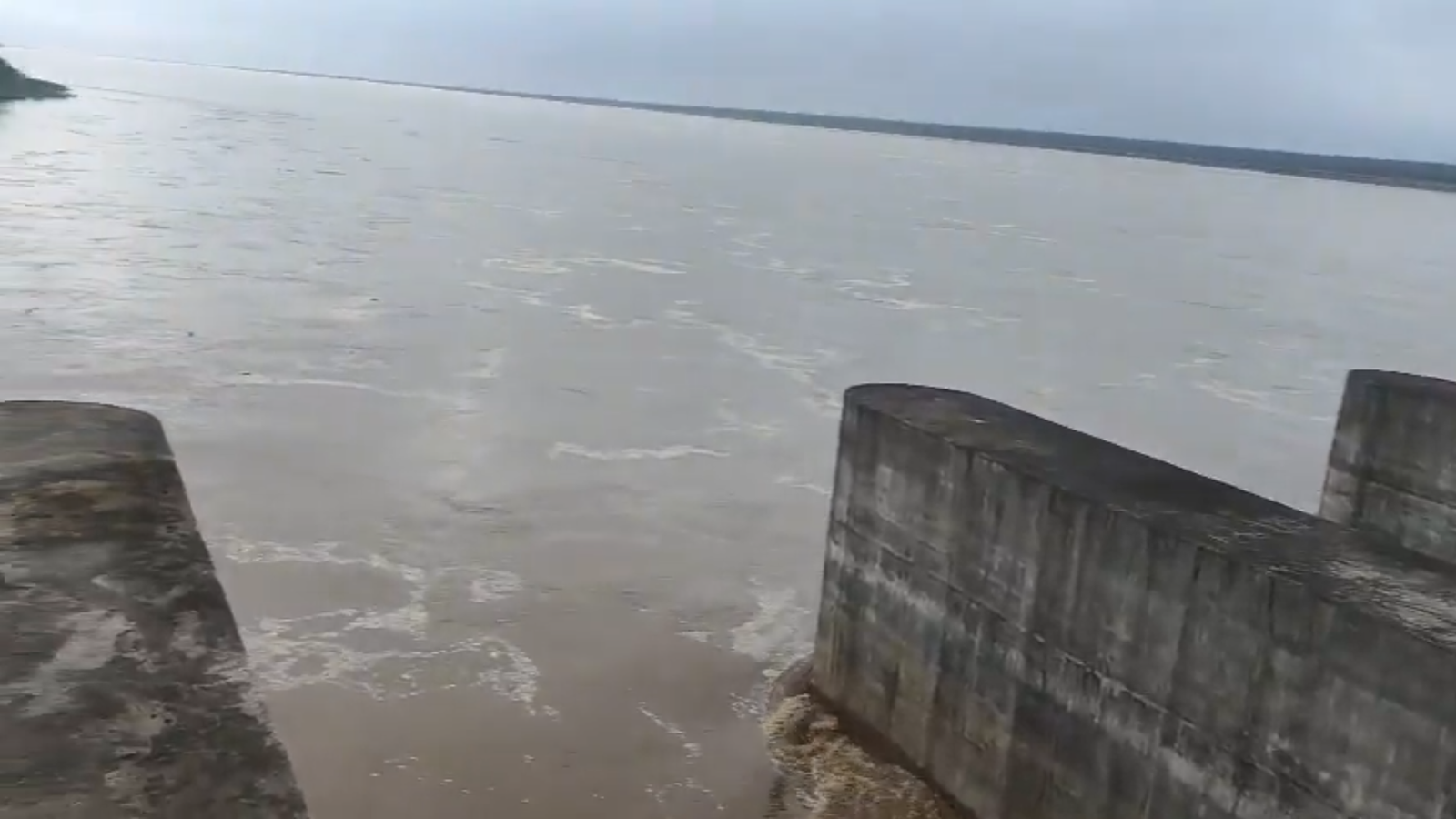Hyderabad: The Pranahita River, the largest tributary of the Godavari, is witnessing an unprecedented surge, yielding over seven lakh cusecs of flood flow due to relentless rainfall across its vast catchment area. This vital lifeline, contributing 34% of the Godavari’s drainage basin, is in full spate, driven by the combined waters of the Wardha, Wainganga, and Penganga rivers. The deluge has raised concerns about potential flooding in downstream areas of Maharashtra and Telangana.
Originating at the confluence of the Wardha (46,237 km² catchment) and Wainganga (49,677 km² catchment) rivers near Tummidi Hettty, Kouthala Mandal, close to Sirpur (T), the Pranahita forms a natural boundary between Gadchiroli district in Maharashtra and Telangana’s Komaram Bheem Asifabad, Mancherial, and Jayashankar Bhupalpally districts. Spanning 113 kilometers, the river merges with the Godavari at Kaleshwaram, Telangana, a critical junction for the region’s water resources. The widespread rains battering the Vidarbha region of Maharashtra and the southern slopes of the Satpura Range in Madhya Pradesh have swelled the river’s extensive network of tributaries.
The Pranahita sub-basin, covering 109,078 km², is India’s seventh largest, surpassing the basins of the Narmada and Kaveri rivers. The Wardha, originating in Betul District, Madhya Pradesh, and the Wainganga, starting near Mundara village in Seoni District, have both contributed significantly to the surge, with the Penganga River further amplifying the flow. Local authorities have issued alerts for low-lying areas, urging residents to stay vigilant. The Kaleshwaram Lift Irrigation Project, a key infrastructure at the Godavari confluence, is under close watch as officials manage the massive inflow. While the rains have boosted water reserves, the flood threat looms large, prompting swift response measures across the region.

